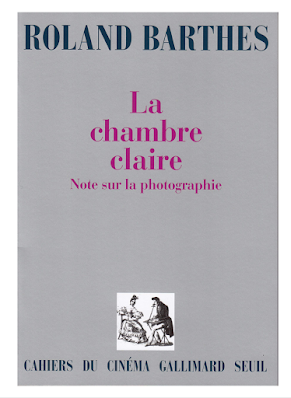The Holy Shroud of Turin as an example of "simulacrum", the believers managed to circumvent the ban on representation in order to be able to represent Christ or his "imprint" and represent God despite the bible ban and the risk of falling into idolatry then forbidden, the Christians then succeeded in being able to "represent" not God himself but his incarnation which is Jesus, they would then have found a solution to represent the unthinkable: the representation of God, through the imprint of Christ, his (supposed) trace.
Warhol, who used photography and silk-screen printing to make the "unique" work of art accessible, made the work of art lose its meaning through this repetitive character.
As Warhol grew up in a very religious family ( His parents were devout Byzantine Catholics who regularly attended mass and retained much of their Slovak culture and heritage while living in one of Pittsburgh's eastern European ethnic enclaves.)
He came into contact with the icons very early on (which had a didactic purpose, as all Christians knew the message spread by these images).
Warhol will identify the images that convey the American myth, symbols shared by all Americans, coca cola, comic book heroes, American stars of his time (of course the one that is no longer even presented: Ma- rylin Monroe). Symbols framed by him like framed saints, icons. He will question the uniqueness of the work of art, he will democratize it in a way.
"Campbell's Soup Cans", 32 cans of Campbells soup displayed next to each other have a strong resemblance for example with the Iconostases of the Orthodox churches.
Claes Oldenburg, who hunts down the icons of mass culture, desacralises monumental images, creating a huge gap between reality and representation.
Robert Rauschenberg will also insist on this multiplication by the serigraphy, in particular where he will criticise the press and society where one is constantly bombarded with images, every day the disasters are repeated; by this redundancy the catastrophes become almost banal.Signs, 1970: fragments of photographs of the army depicted, of an African-American man stained with blood, of Martin Luther King in his coffin, Buzz Aldrin or Neil Amstrong(?) on the moon.
Roland Barthes will say of photography (book La chambre claire) that one cannot deny that when one looks at a photo the subject is in front of the object, it is therefore only the spectrum of the object, the photograph has only the appearance of the person represented... The image in front of us would then be only a simulacrum and we insist on its disappearance.
sources: https://fr.wikipedia.org/wiki/Suaire_de_Turin
"La ressemblance par contact" G. Didi-Hubermann
https://www.biography.com/artist/andy-warhol
https://www.wikiart.org/en/robert-rauschenberg/signs-1970





